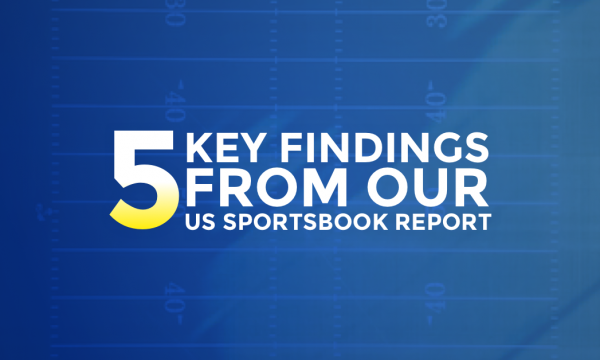The 20% text rule for Facebook is seemingly no more. For the past few years, Facebook has tried to keep the quality of the advertising high by ensuring all images have no more than 20% of their images made up from text and, while this policy arguably helped to keep the standards high, its grid system was often less than ideal.
What is counted in the 20%?
To aid advertisers Facebook, provided a tool that overlaid a 5 by 5 grid over their ad image. No more than 5 of the squares were allowed to have any form of text, be it the corner of a single letter, a logo, or words on a product. This made some products practically impossible to advertise.
Sometimes only a minor change in the placement of text would make it acceptable within Facebook’s own rules, even though the total size, and amount of text never changed. Alongside this, there were further frustrations with Facebook’s tool. Some ads that clearly contained more than 20% text were being approved, and others that fell below this limitation would still be flagged.
Facebook’s policy changed on the 22nd of March, with the on-site tool no longer available after this date. So what does this mean?
A change in policy
Seemingly a post can now contain more than 20%, though including additional text is increasingly likely to hinder deployment for campaigns. Facebook's own guidance suggests that images with a greater level of text could see the reach of their ads curtailed.

Those images that contain very high levels of text may not reach their audience at all, so there is a very clear message from Facebook that, whilst it is happy to allow more text, it doesn't want you to go overboard.
But there are some exceptions

Facebook has however added a number of exceptions to these new limitations. Previously, text on an ad was text, no matter what. This caused a number of headaches for advertisers in particular industries and now, the social network has stated that the following won’t be limited by the amount of text on any ads.
- Movie Posters
- Book Covers
- Album Covers
- Product Images
- Posters for concerts, music festivals, comedy shows, sporting events
- Text-based businesses
- App & Game Screenshots
- Legal Text
- Infographics
Logos, Watermarks and Numbers however, are all still considered text.
Legal text is now exempt from limitations in Facebook ads. The text below, that would normally be the specific rules and regulations, such as location, duration, limitations – the legal equivalent of quick speech at the end of a radio advertisement – was previously not able to be used without deleting text elsewhere in the ad. By removing this limitation, Facebook is ensuring that those services that have to follow certain legal requirements, such as financial services, or competition based campaigns, no longer have to advertise with one hand tied behind their back.
What does this mean for advertisers?
This is obviously a massive boost for specific sectors, which now no longer have to worry about how to fit in the text that would have to be in an image and still match Facebook’s guidelines. On the other hand, the policy change is vague. There are no clear boundaries between “OK” and “Low”, and also no confirmation on how much Facebook would limit the ad’s reach. Working with Facebook’s guidelines, aiming for as little text as possible, is still the recommended course of action.

A response from Facebook confirms that a 20% limitation is still recommended to obtain the best results:
To explain simply, Facebook have a 20% text policy on all ads created. This means that ad creatives containing more than 20% will pass through the system but they will not deliver to the maximum ability unless they agree with the text policy. Therefore when you create ads they must contain less than 20% text so that they will deliver to their best potential.
Whilst Facebook seeks to maintain, and where feasible improve, ad quality to ensure a seamless, native style – adding oodles of text will likely result in rejection. Furthermore, imagery has far more impact, catching users’ eyes in the limited window provided mid-scroll, so doing so wouldn’t be recommended.
What this amendment does bring, however, is far more flexibility when your approach demands it. Adding in vital copy, or when using pre-determined assets (e.g. a film poster), now becomes a possibility allowing enhanced creativity and more precious room within ad copy to deliver your message!





